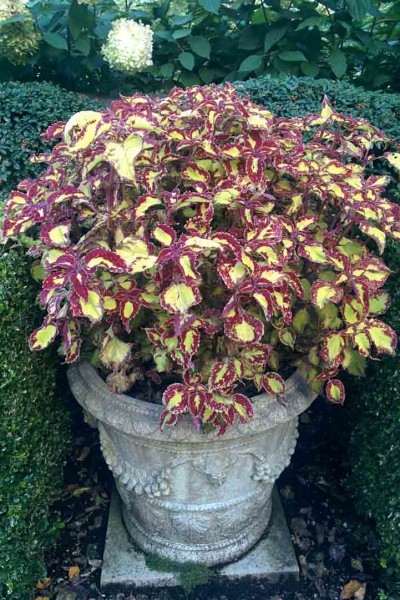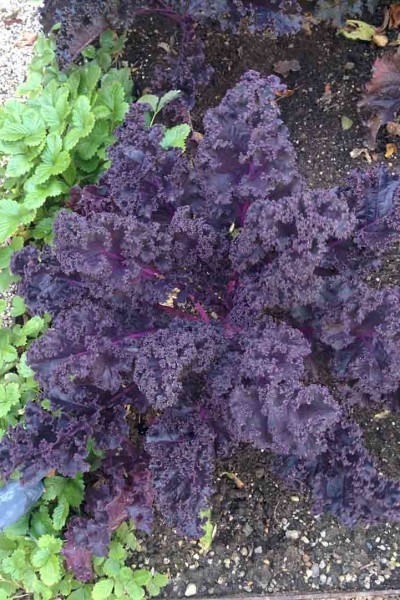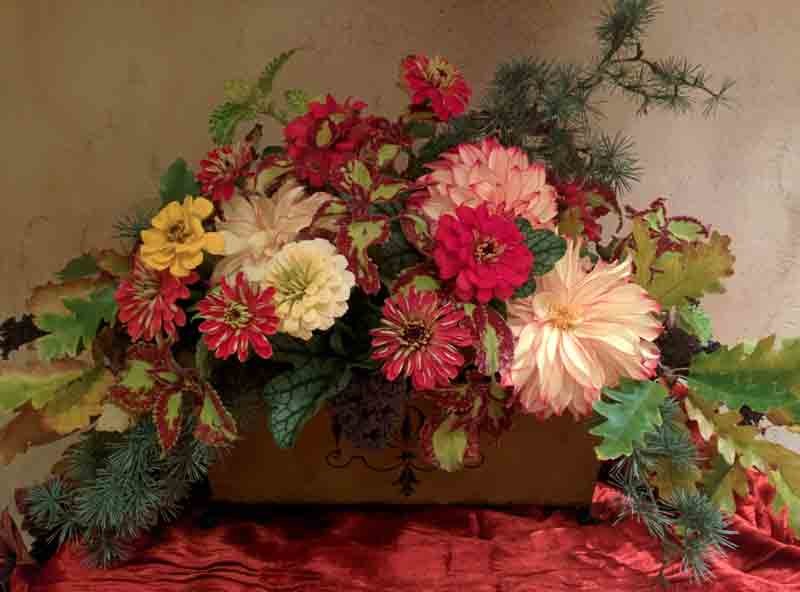
Next week, mark your calendars for November 13th-15th (with the Preview Party the evening of November 12th) for the famed Theta Charity Antiques Show in Houston, Texas. Going strong now for 63 years, which makes it a granddaddy of its kind across the country, this year’s theme is “London’s Calling.”
I was flattered to be invited to speak, for the theme brings back such happy memories of the Charlotte Moss/ Margot Shaw trip to England this past May. And perhaps not in coincidentally, Margot will be introducing me for my lecture, “Gilded Age Newport: The REAL Inspiration for Downton Abbey.”
With all these good memories and pairings again, I’m dedicating this journal post to the Theta fundraiser, to honor my good friend Margot Shaw and to create a flower arrangement inspired by one of my favorite features in Margot’s treasure of a magazine, Flower….
“Design School” is an often-referenced story, for I’m reminded daily that my gardens and grounds were designed with flower arranging as a first priority. Here, the arrangements take full advantage of autumn’s wonderful flora and fauna; dahlias and zinnias, which grow happily side-by-side in my cutting garden, provide the flowering material.
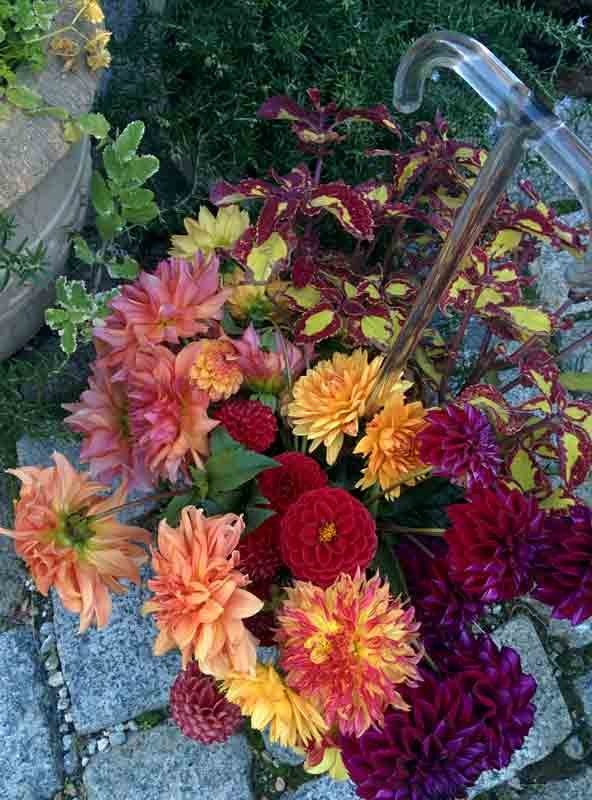

And the leaves and herbs…whose branches splay and drape to create that necessary movement and interest… are (in order) coleus, blue atlas cedar, oak, aesclepias fruiticosa (otherwise known as hairy balls), red kale and trailing rosemary.
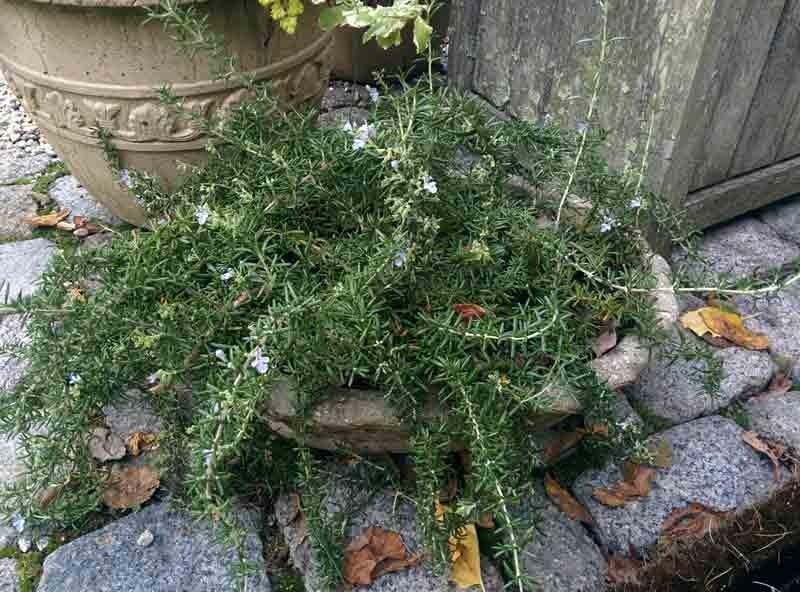
As I started, it soon became apparent that there were actually three arrangements here, each a variation on the same theme (a flower arranger’s dream, all composed within the same antique painted tole container). The first iteration was a study in autumnal shades with blue green a luscious counterpart to the russet and chartreuse coleus.

The second arrangement took advantage of the, what else to call it, “funkiness” of the aesclepias fruiticosa (from the milkweed family, which I’d be remiss if I didn’t note is toxic to cats and dogs).

Lastly, the aesclepias have been removed and the dahlias and zinnias added to create a traditional flower arrangement, one which is very much in keeping with the eighteenth century Italian neo-classical console.
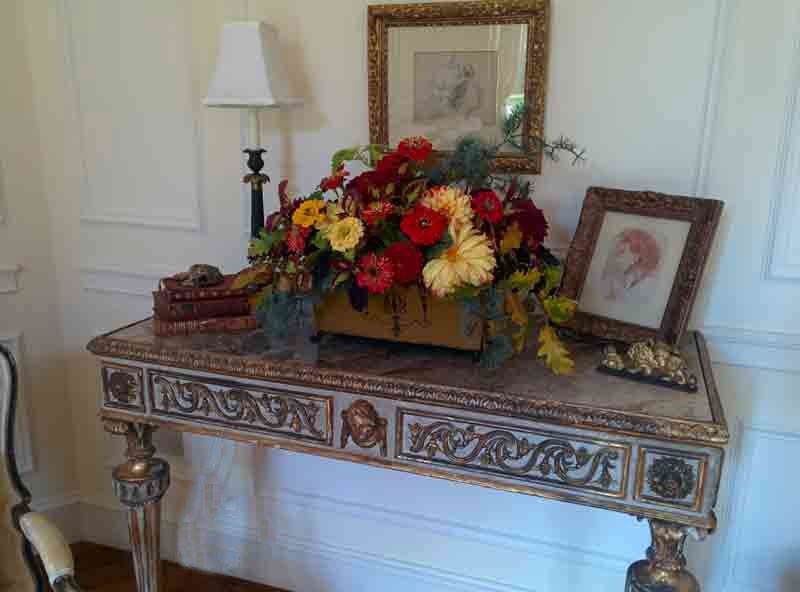
It gives me great pleasure to salute the Theta Charity Antiques Show and sponsor, Flower magazine.

See you there!



